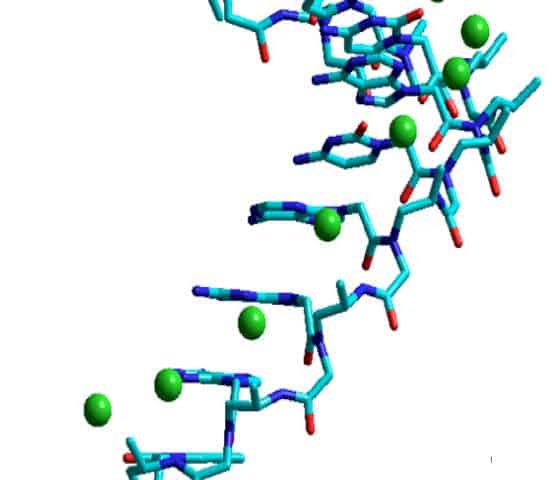Researchers using a new genetic technique have successfully cured a genetic blood disorder in living mice, unlocking new possibilities for genetic editing.

In recent years, CRISPR has made waves, sparkling hundreds of studies after researchers understood its huge potential. Clustered regularly interspaced short palindromic repeats (CRISPR, pronounced crisper) are basically segments of prokaryotic DNA which can be cut with a “genetic scissors,” eliminating unwanted elements from genes. The technique could herald a new age for genetic editing, but there’s a catch: it’s really difficult to apply it in complex, living creatures. The difficulty stems from the fact that you need to be careful and apply it in cells all throughout the body, otherwise, there’s a high mutation risk. This new technique on the other hand significantly decreases unwanted, off-target gene mutations making it much easier to apply directly to complex organisms – including humans.
The method relies on state-of-the-art technology revolving around peptide nucleic acid (PNA) molecules, a synthetic nucleotide technology. Nucleotides are subunits of DNA.
“We have developed a system that uses FDA-approved nanoparticles to deliver our PNA molecule along with a donor DNA to repair a malfunctioning gene in living mice. This has not been achieved with CRISPR,” said Danith Ly, professor of chemistry in Carnegie Mellon’s Mellon College of Science and an expert in PNA chemistry.
There is also another issue with CRISPR. CRISPR relies on DNA-cutting enzymes to slice open DNA at a target site to edit a specific gene. The thing is, these enzymes are pretty big and hard to administer in situ – in live organisms. What researchers usually do is harvest some cells, administer the enzymes in the lab and then re-implant the cells. The new system consists of biocompatible nanoparticles containing PNAs, small nano-sized synthetic molecules which are much more easily applied to the body.
In order to test this approach, aside from lab tests, researchers attempted to cure a genetic blood disorder in mice. They were successful in 7 percent of all cases which doesn’t really sound like much, but it’s a huge improvement from the 0.1% success rate usually seen in genetic editing. Furthermore, when you consider that this is still in its early stages, it’s even more impressive.
“The effect may only be 7 percent, but that’s curative,” Ly said. “In the case of this particular disease model, you don’t need a lot of correction. You don’t need 100 percent to see the phenotype return to normal.”






